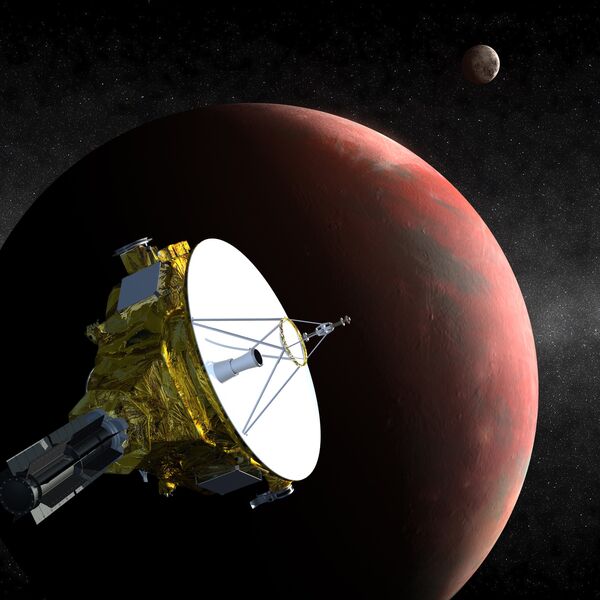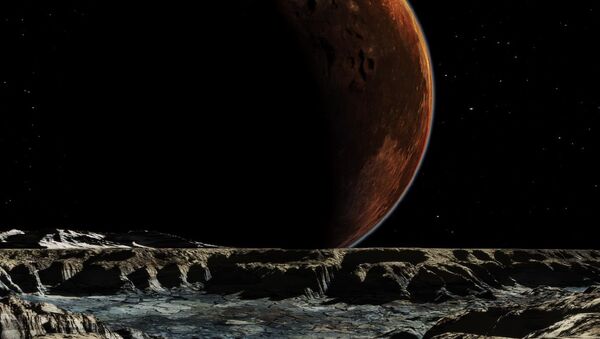That means nothing is expected block the path of the New Horizons probe, which will remain on its original trajectory when it travels past Pluto on July 14, NASA announced on Wednesday.
"Not finding new moons or rings present is a bit of a scientific surprise to most of us," New Horizons principal investigator Alan Stern, of the Southwest Research Institute in Boulder, Colorado, said in a statement.

"But as a result, no engine burn is needed to steer clear of potential hazards. We presented these data to NASA for review and received approval to proceed on course and plan. We are 'go' for the best of our planned Pluto encounter trajectories."
Pluto has five known moons: Charon, Styx, Nix, Kerberos and Hydra. Charon is half as wide – about 750 miles – as Pluto, while the other four moons are tiny.
Scientists were looking for any potential roadblocks because New Horizons is traveling so fast – 30,800 miles per hour – that a collision with a piece of debris as small as a grain of rice could be fatal, Space.com reported.
NASA has spent the past seven weeks searching for rings and undiscovered moons, which could theoretically shed debris into the probe's path after meteorite strikes.
The latest images, captured between June 22 and June 26, revealed nothing of concern, so the probe was cleared to remain on its original track, which will take New Horizons within 7,800 miles of Pluto's surface, Space.com reported.
"We're breathing a collective sigh of relief knowing that the way appears to be clear," Jim Green, director of NASA's Planetary Science division, said in the same statement.
"The science payoff will be richer as we gather data from the optimal flight path, as opposed to having to conduct observations from one of the backup trajectories."
New Horizons researchers had mapped out three alternate routes they could have used if the original one was deemed to be too dangerous. Moreover, the probe's high-gain antenna can be rotated and used like a shield, but doing so diminishes its ability to collect data.
Pluto still may have rings, but according to team members, they would be extremely faint, reflecting less than 0.00002% of the sunlight that hits them.
Since the $700 million New Horizons mission launched in January 2006, the spacecraft has traveled nearly 3 billion miles from Earth to Pluto’s doorstep.


